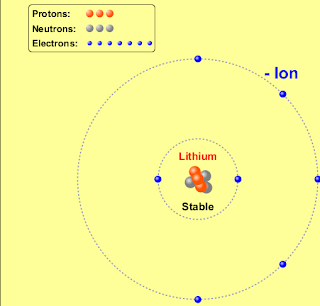In class we did a small lab, and we made what we called a "silly putty". For this experiment, we used a bunch of different materials. The most important ingredient out of all was probably the borax acid, because that is what gave the putty a more gooey, and less sticky feel. However, before we used the borax, we mixed water and glue together. We added just a few drops of borax acid into the mixture, because if too much is added, the putty wouldn't turn out the way it's supposed to. Once we mixed all the ingredients together into a plastic cup, I used a spoon to take the putty out, and shape it. The putty is quite flexible, and if you break it off into many little pieces, you can still put them back together again into one putty, just like with clay, or play-doh. However, I realized that after a while the putty started getting quite difficult to bend, and if you broke it into little parts, it wouldn't blend together again. In order to get the putty gooey again, I had to put it under warm water. The putty was basically a covalent compound, because H2O was mixed with an acid, and glue.

This is what a silly putty would look like if food coloring was added to it.

This is what a silly putty would look like if food coloring was added to it.


